Fillet Board
Two reasons to have and take your own Fillet Board with you to the lake:
- Many lakes, reservoirs, ponds, etc. do not offer fillet stations with fish cleaning boards.
- At those stations where you find a cutting board you are sometimes left wondering just how clean that board is, and how long that piece of fish has been clinging to the side of the board.
TWO WAY Fillet® - Best Fillet Board!
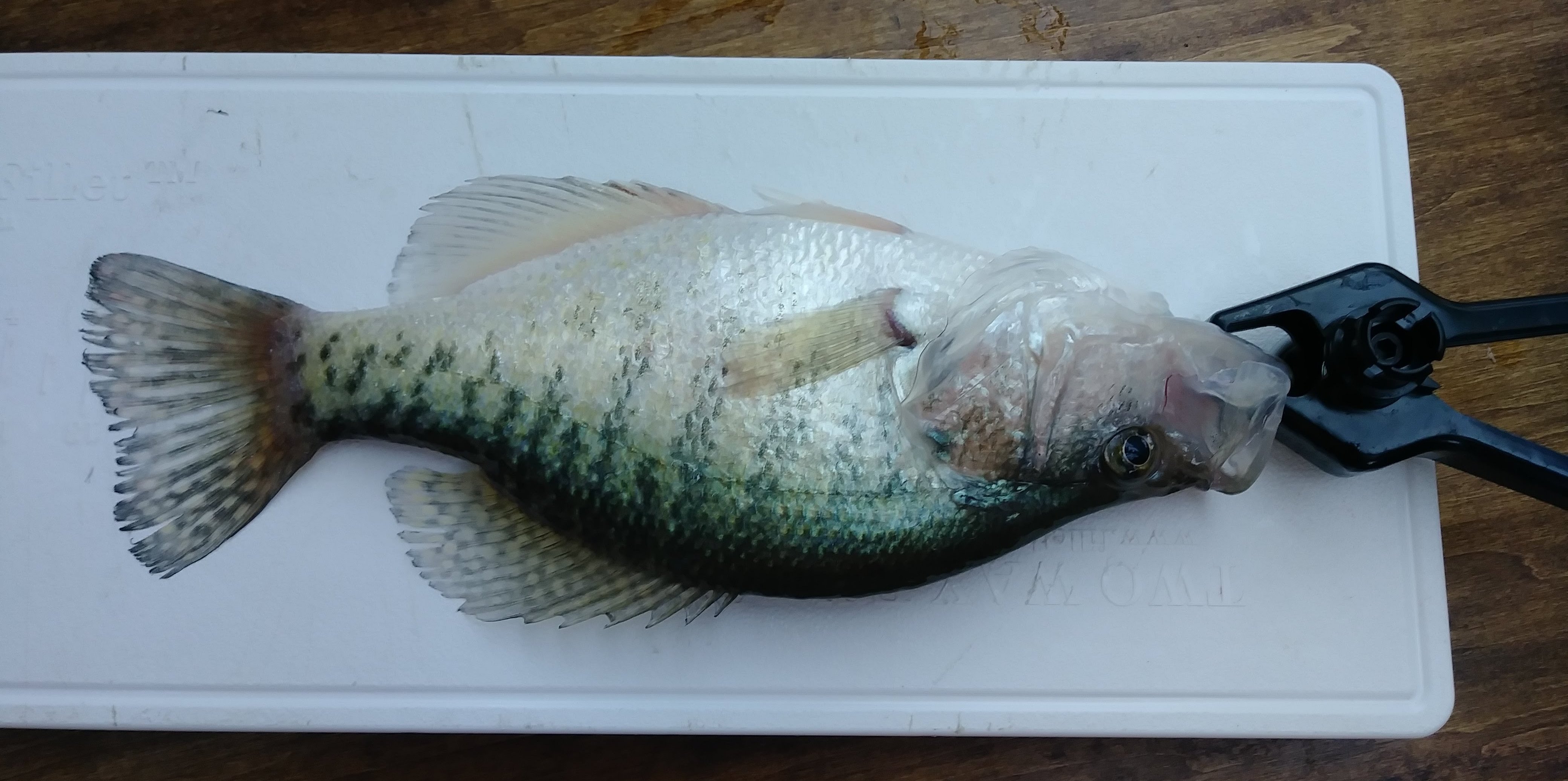
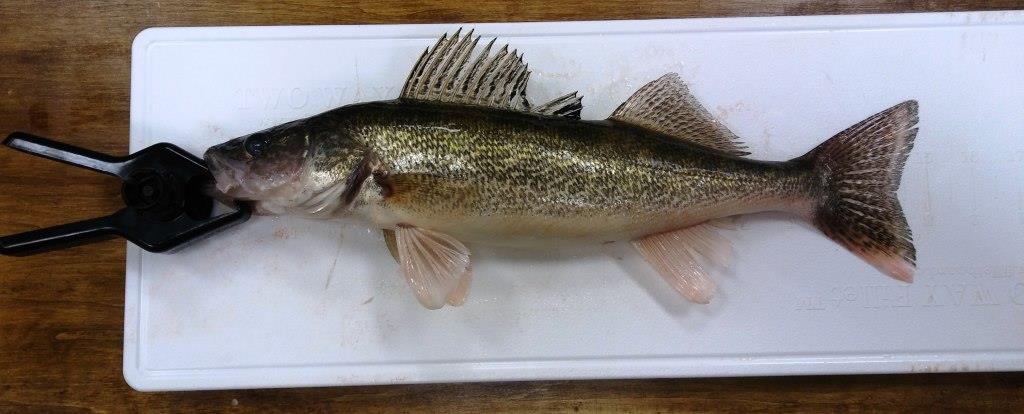
Anglers we talk to agree the fillet board they wish was available is one that anchors the head of the fish to the board so they can cut away from an anchored head. This is what TWO WAY Fillet® board and clamp brings to the market. Whats the big difference: TWO WAY Fillet® 's clamp securely holds the head (not the tail) to fillet any
species of fish. Then you simply unsnap the clamp and turn it over with the fish for side two. The more fish you clean the
more benefit you will see. Using TWO WAY
Fillet® is like filleting with a third hand. We have used TWO WAY
Fillet® since spring of 2017 and love it. It takes away any worries of the fish slipping around. We saw the tag line: Fillet
A Better Way® and were a bit skeptical. However, we are believers now.
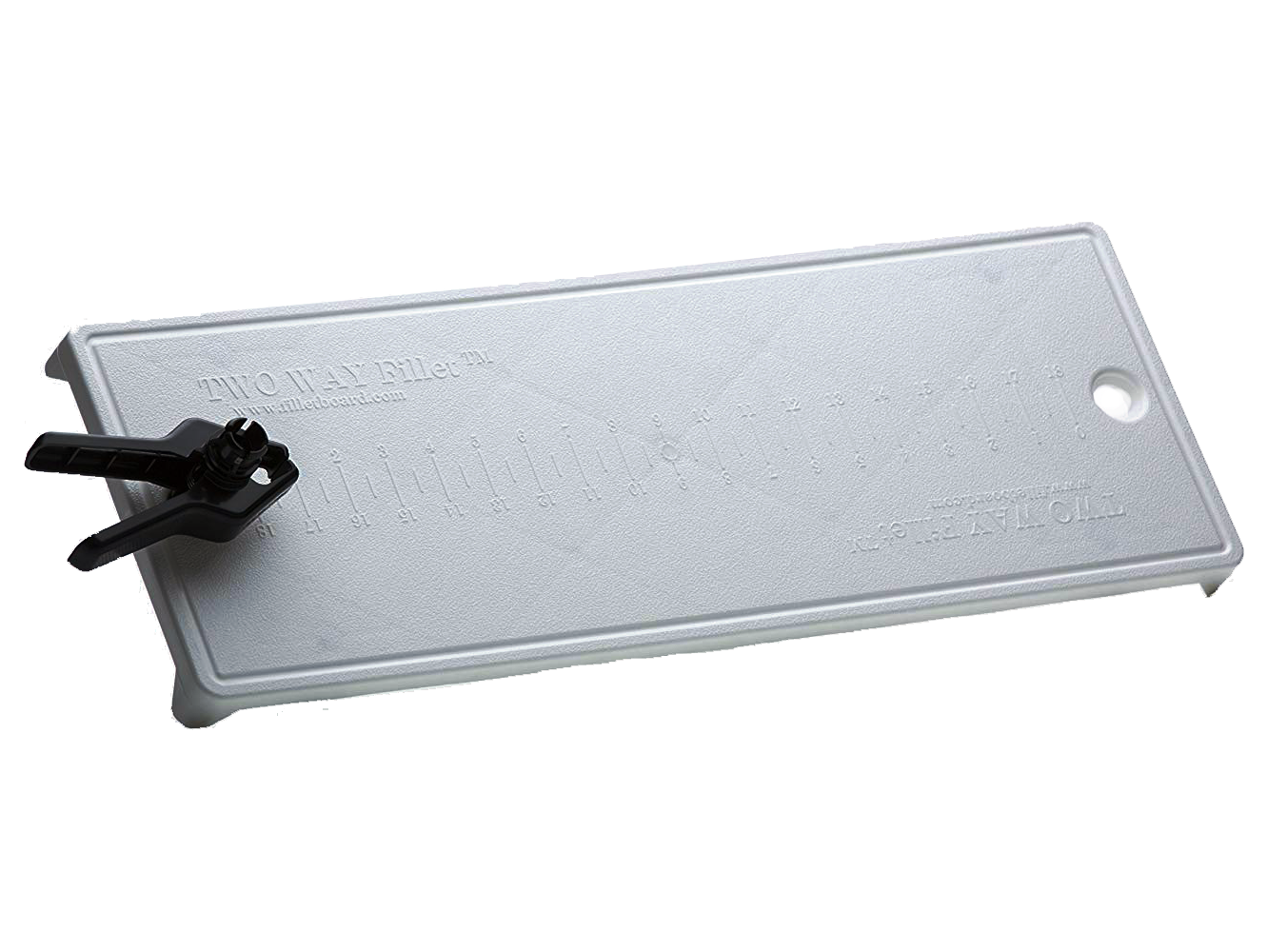
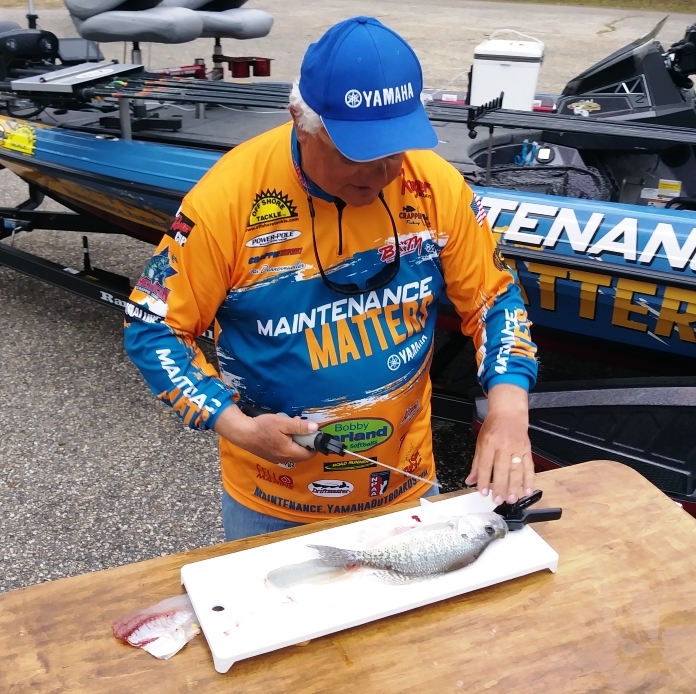
We are an Amazon Affiliate. If you purchase a product we recommend or another product while on Amazon, we may receive a small commission. Our staff recommends items that we have personally owned, used/tested, researched or we have fished with trusted anglers who recommend them. These products will not cost you any more than what is posted.
Who is Crappie Dan?
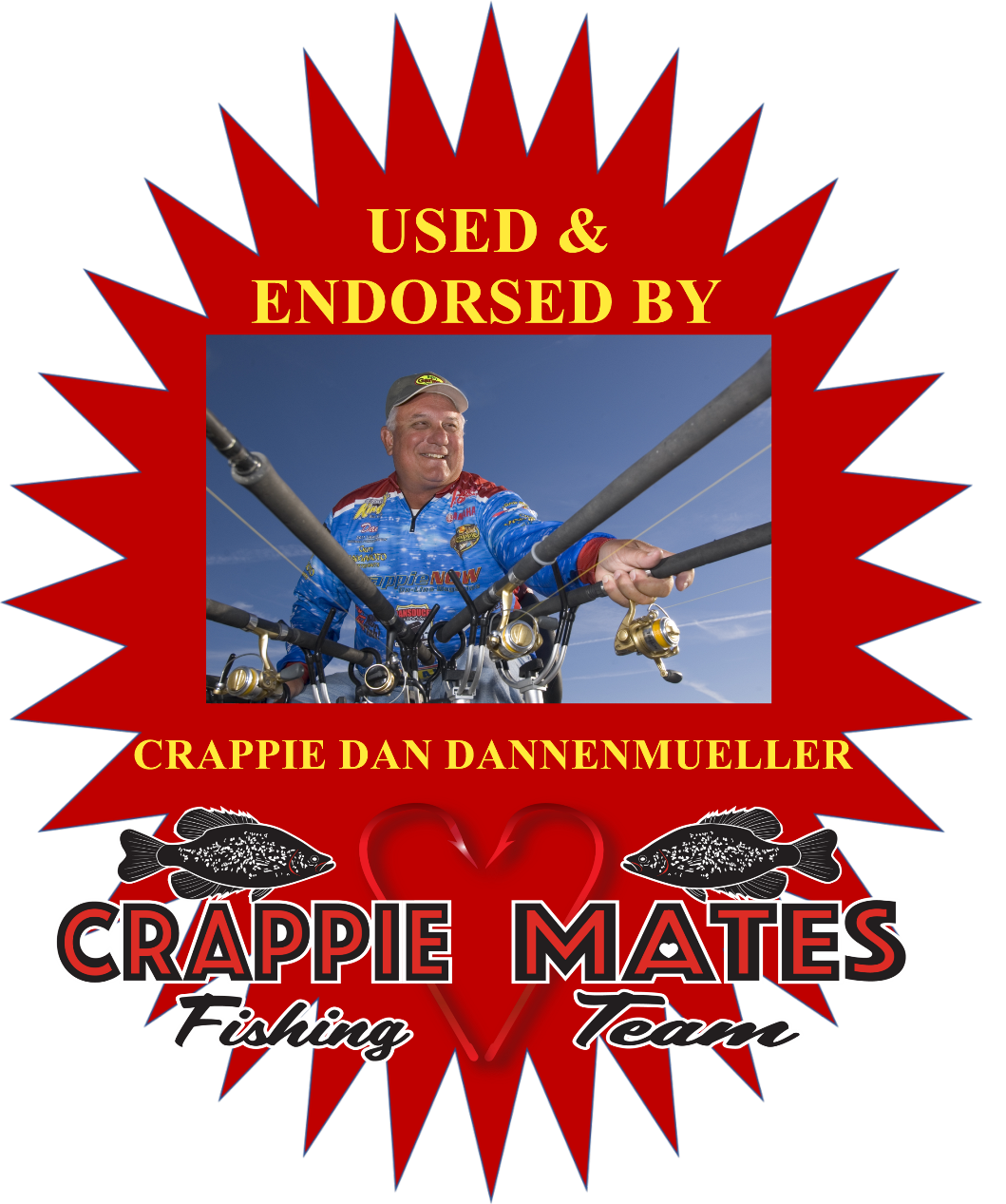
Dan Dannenmueller, professional crappie angler, publisher of Crappie Now and Catfish Now on line magazines. Both these on line magazines provide timely, informative and up to date information about new products, techniques and recent trends. Crappie Dan promotes fishing - especially crappie fishing across the country. Regarding TWO
WAY Fillet®: His comment was "I have never seen a tool for the fillet process this easy and effective."
Other Fillet Board Types
As with most tools for fishing there are several types and shapes of fillet boards on the market. Three most common materials used in making cleaning boards are: wood, HDPE and plastic. HDPE (High Density Polyethylene and Polypropylene) is the material used most often in commercial cutting boards). Common features found on cutting boards include a slot or groove to hold a knife, a drip channel to catch fluids from the fillet process, and some offer a clamp to hold the tail for scaling. As you gain experience and explore these features you will be able to determine which of them are right for you.
Size of Fillet Board
The size of board chosen is based on sizes of fish you will most likely be cleaning. Most fish marina cleaning stations will have 2" X 8" inch wooden boards about 2 feet long. This shape accommodates the length of most fish. 15 inch fish are easily cleaned on a cutting surface of about 2 feet. The 2 inch thickness keeps your knuckles up off the surface of the table you are using. If you are not sure of material or size, just look around. Watch friends or a guide, see what they use and how they are used. There is nothing wrong with learning to fillet at a fillet station using their equipment. Fish Cleaning Tables. Then as you gain experience you are better able to decide which type and size of board is best for you.
Wooden Cutting Boards
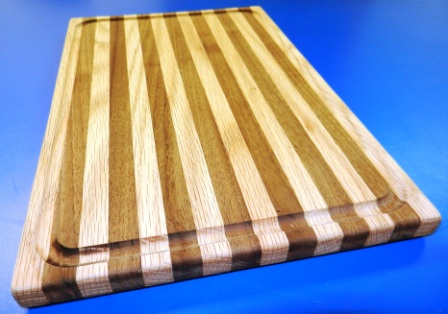
Hand Crafted - Oak/Walnut
Various hardwoods have been used to make fillet boards. Oak, walnut and maple are common. Wood offers a firm surface that can be easily rinsed or washed off. The wooden surface is kind to your sharp knife edges. Various products are available to preserve your wooden fillet board and help repel water. Notice the groove around the edge to catch or trap fluids or blood. Perhaps if you have a good fishing friend who is also an excellent wood worker they will make one for you too, just like Ron - friend of PFT - has done. (Ron seen in picture holding northern pike below)
HDPE
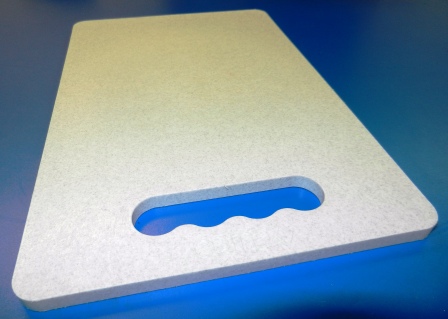
High-density polyethylene (HDPE) is a plastic made from petroleum by products. This process makes it possible to have fillet boards made from this substance which is impact, wear and chemical resistant. While abrasion resistant, HDPE surfaces are also kind to your knife edges and will not dull your fillet knife. There are opportunities to make items with unique shapes due to its ability to be molded. Most cutting surfaces that are not made of wood are made from this substance. HDPE is excellent for food preparation and is able to meet all the requirements of the FDA for that purpose. HDPE is also heat resistant and safe in dishwashers - easy to clean. HDPE won't crack or weather like wood can.
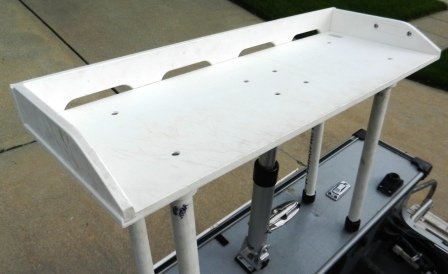
Team members at PFT all have their own fillet boards. We have the honor of having tested the prototype of TWO WAY Fillet™ fish cleaning system. Also, the wooden one mentioned earlier, an HDPE portable board and an HDPE Magma Single Mount Bait/Fillet Mate Cutting Table (31- Inch) that can be mounted on the side a boat for those times when you do not have a cleaning station to use, or it is too busy to use. Cleaning can begin while guests are wrapping up fishing, putting gear away etc. As you can see 4 legs of plastic pipe have been added for stability. Check out Magma Tables at the highlighted links in this paragraph.

A Great Memory
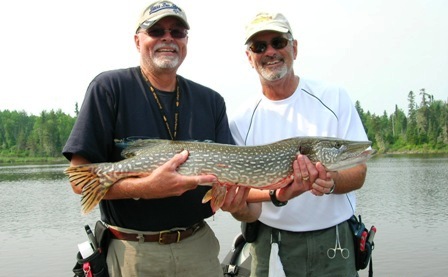
As it turned out, Ron caught this fish using a chartreuse dare devil spoon but just when he got the fish to the net, the line broke. Of course we returned to the spot, and all tried to cast in there. The Pike did not learn a lesson because 5 minutes after catching it the first time, a different angler caught the same fish using a red and white dare devil spoon, and it still had the chartreuse lure in its mouth- what a great memory!
Check out these other pages that cover a variety of topics important for cleaning your fish.